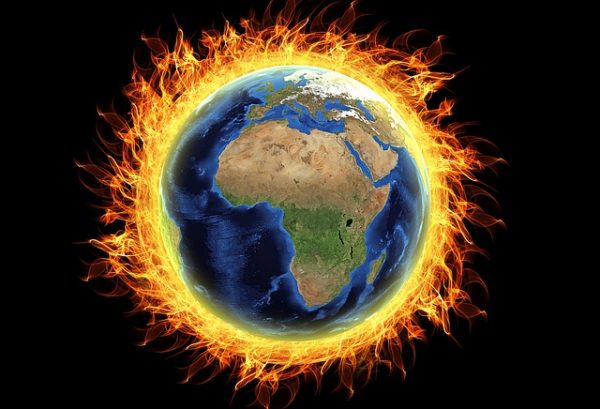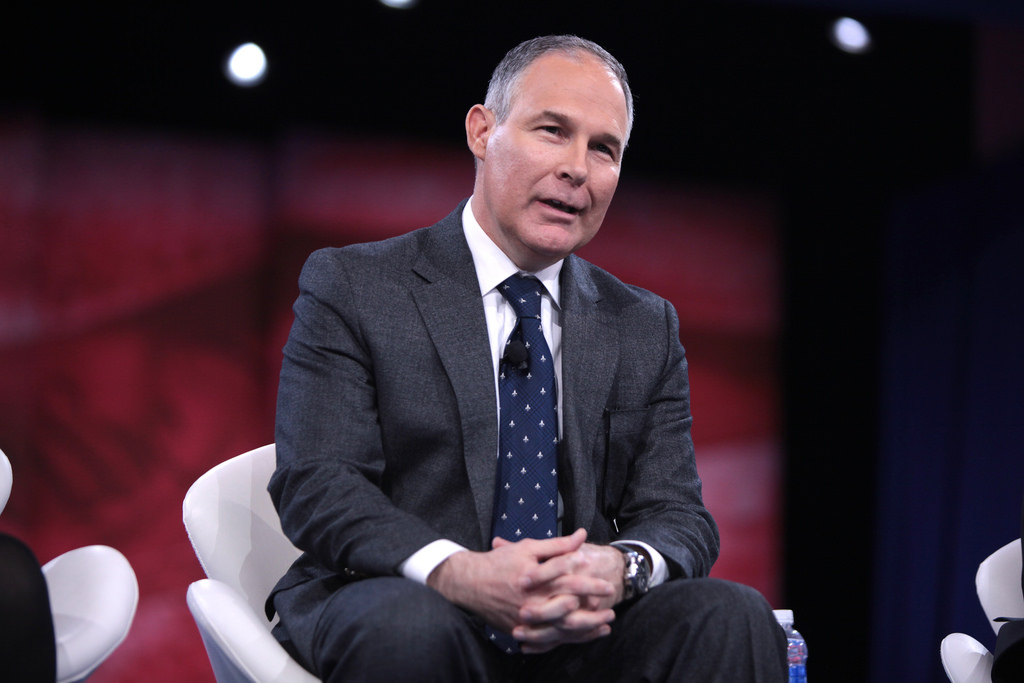New science confirms: Earth was WARMER during Medieval period
08/27/2017 / By Isabelle Z.

A new technical paper that was published in GeoResJ shows that it is not possible to confirm that any recent warming of our planet is due to unnatural causes. After a team of scientists led by Jennifer Marohasy and Dr. John Abbot used big data techniques to assess six 2,000-year proxy temperature series, they discovered the recent warming on Earth might have happened even if there had never been an industrial revolution.
The most recent forecasts using artificial neural networks are believed to be more accurate than the general circulation models that have typically been used until now. The researchers fed data from various methods of measuring temperatures during the last 2,000 years, like coral cores and tree rings, into a machine learning neural network that predicted patterns of temperatures over the two millennia had there not been extra carbon dioxide from industrialization.
What the computer predicted was almost exactly what the temperatures around the world actually were during the time period under study. Indeed, the average divergence between their projection and the proxy temperature record was just 0.09 degree Celsius. This means that even without fossil fuels burning and the industrial revolution, warming would have still been noted on our planet through the 20th century.
After studying the six-proxy series from various geographic regions that have already been published in mainstream literature on climate science, they discovered lots of zigzags. However, there were two rising trends, one of which peaked around 1200 A.D. in the Medieval Warm Period and a second that peaked in 1980 before dropping off. The Little Ice Age occurred in the time between these peaks. During the earlier warming period, agriculture thrived in England. It was around this time that the Vikings settled Greenland and men donning tunics built great cathedrals.
Evidence piling up that Medieval period was hotter
The researchers’ evidence also shows that it was actually around one degree warmer throughout Europe during that time, confirming past studies. Some researchers have used remodeling in their favor to flatten the Medieval Warm Period and try to downplay its significance, but hundreds of scientists from 40 countries around the world have contributed peer-reviewed papers proving that the Medieval Warm Period was warmer than the present and this study is just the latest.
The findings of Marohasy and Abbot add to a growing mountain of evidence pointing to warmer temperatures during the past. According to a report from the Center for the Study of Carbon Dioxide and Global Change, the Medieval Warm Period was not only warmer than the current period, but it also lasted longer than the current warm period and was global in scope.
A comprehensive study out of Germany published in Nature Climate Change examined tree ring data and found that earlier estimates of historical temperatures during times like the Middle Ages and Roman Era were too low.
If the climate has been warmer in the past in the absence of any significant carbon dioxide emissions, it means that CO2 emissions do not have the huge impact on the climate that some parties with vested interests claim. It might be true that greenhouse gases can have a warming effect, but experts like respected climatologist Judith Curry believe that natural climate variability is playing a much stronger role in all this than human impact.
Sources include:
Tagged Under: carbon dioxide, carbon dioxide emissions, climate change, climate models, climate science, global warming, Jennifer Marohasy, John Abbot, Medieval period, Medieval Warm Period, middle ages, ocean temperatures, warming




















